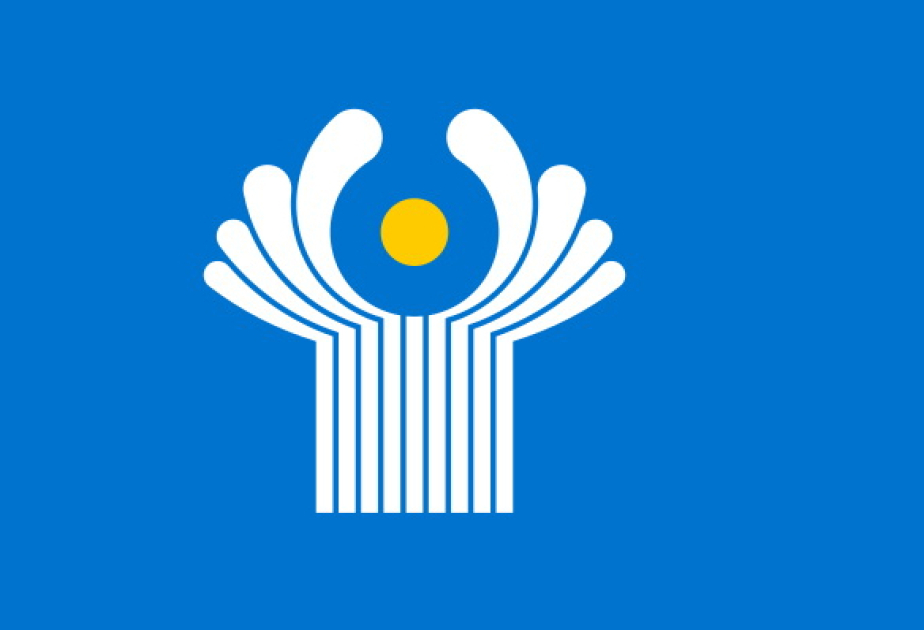
The entrepreneur Sara Mauskopf has a big voice on X but not in real life. Tens of thousands of people follow her account, where she goes by @sm. Outside social media, she is an introvert who prefers to stay in with her husband and three kids, only attending industry happy hours when she feels it’s critical for her business.
Allow me to bust the myth, which I have heard repeated by peers and colleagues throughout my working life. The myth? To build a following as a storyteller, you have to be self-centered, self-promoting, or extroverted. In reality, it’s often the opposite.
It might seem counterintuitive, but Mauskopf gravitates to social media because she doesn’t crave the spotlight in her personal life. Self-effacing, witty introverts like Mauskopf are far more commonly found on the internet than you might think.
Subscribe to the Daily newsletter.Fast Company’s trending stories delivered to you every day
Privacy Policy
|
Fast Company Newsletters
In truth, you can be thoughtful and low-key yet still find success as a storyteller. Many of the people I interviewed who had the largest followings online were also the humblest. I sum up people like Mauskopf with the term “quiet influencer.” These are people who aren’t trying to draw attention to themselves but can find a following online because of their ability to listen and absorb information. When they do share, it’s to educate, inform, or entertain others, not to build up their egos.
Often, they follow the “golden ratio” of social posts: the 9:1 rule. I came up with this formula early in my career, when I was starting out on social media. I haven’t changed it in over a decade, simply because it works, and I share it with companies I advise daily.
So here goes: For every one braggy post related to an accomplishment, milestone, or achievement, share nine that are useful contributions. Think of the contributions—things that are interesting, valuable, entertaining—as earning the brags. Sometimes it is helpful to share something positive that happened on a personal or professional level—I totally understand that— but this lets you do it without it coming off as self-absorbed or generic.
Companies are guilty of this too—have you ever scrolled a CEO’s LinkedIn profile and viewed nothing but updates about funding milestones, customer wins, and key hires? These are important to share every once in a while, for the purposes of company morale and external validation, but a big opportunity for “contribution” content has been missed.
If there’s anything to remember, it’s this: To be a successful storyteller, both online and offline, it’s important to think about what the audience wants and needs. Many of us, as we move through our lives, welcome helpful information that we wouldn’t get elsewhere—information that helps us do our jobs better, learn something new, or feel less alone with the challenges we face. If you can meet that need, you’ll be a much more engaging storyteller.
Contributions in this vein might include:
advertisement
A hilarious personal anecdote that will make someone laugh when they need a little bit of levity in their day
An insight about what is really going on in the news beyond the headlines—something people in the industry would find helpful
A piece of analysis that explains a complicated topic in an accessible way or provides a step-by-step for how to accomplish something that others find challenging
If you are sharing something self-promotional, it can help to provide context around why the milestone means so much to you.
One example: When the Joe Biden administration highlighted Kaitlin Christine, a CEO in my network, for her company’s work in breast cancer detection, I helped her share the news with her community. She initially wrote that it was an important milestone, and she described how honored she was without going into much detail. Because I knew a little about her story, I prompted her to share a little bit about how she felt in the moment when the White House reached out and what it meant to her.
Christine’s company, Gabbi, builds breast cancer risk detection software. She started it after losing her mother to the disease at a young age. After getting screened herself, Christine ended up getting a double mastectomy given her profile (genetics, family history, and so forth). So, to hear from the Biden administration felt like her life’s goals were being realized and her mother would have been truly proud. Once reframed to talk about how personal the experience was for her, her post hit a nerve with her following.
The beauty of reframing content in this way is that even something promotional, like an important new milestone or new hire, can become a useful contribution and/or a moment to truly connect with an extended network. That turns the viewer from a passive “liker” into a true believer or ally. Likes become comments and reshares and, more importantly, offers of support.
I genuinely appreciate when CEOs talk about not just the great things they’ve accomplished in their roles and daily activities but how they got there. Some people refer to this trend as “building in the open.” Imagine a scenario where a CEO doesn’t just post something bland on LinkedIn about the stellar new chief technology officer they just hired.
How about sharing instead how they found this amazing candidate? What tools did they use? Did they retain a recruiter—and if so, who? What kinds of interview questions did they produce to assess each candidate’s technical prowess? What geographies did they focus on? Perhaps this information could even be viewable to anyone via an open document like Google Docs or Notion.
Likewise, rather than announcing a venture capital funding round, a leadership team could talk instead about how they were able to raise money in a difficult funding environment. Authenticity works because it shows vulnerability or provides others with a potential lesson they can use in their own professional pursuits.
If you follow the 9:1 golden ratio, no one will begrudge you the odd self-promotional post that highlights your fantastic accomplishments. Those are important to share occasionally, because the industry may want to know what you’re up to. The important thing is to use your voice to give back to your community most of the time. If you are a resource to others, they will follow you, and you will build influence.
Excerpted from The Storyteller’s Advantage: How Powerful Narratives Make Businesses Thrive. Copyright © 2025 by Christina Farr. Available from Basic Venture, an imprint of Hachette Book Group, Inc.



